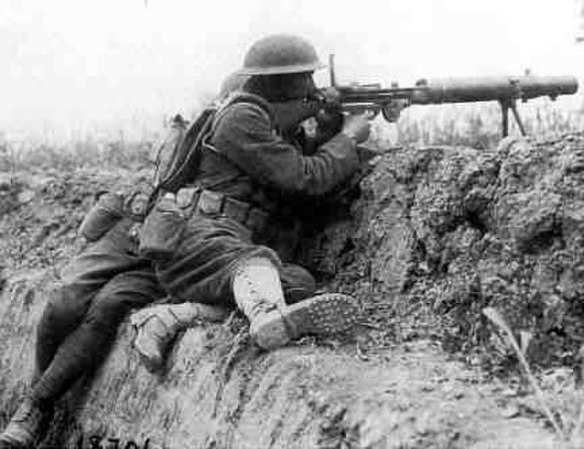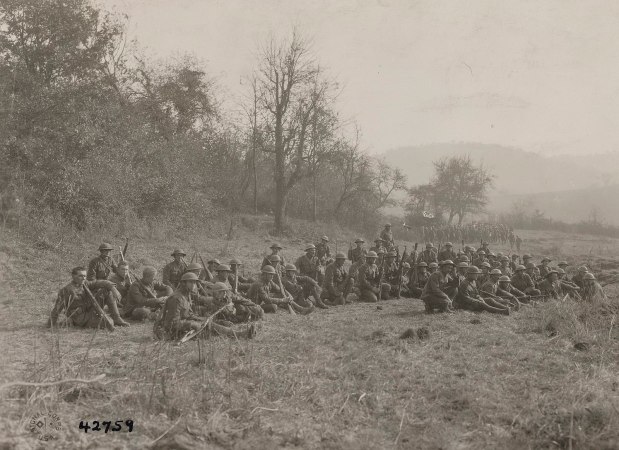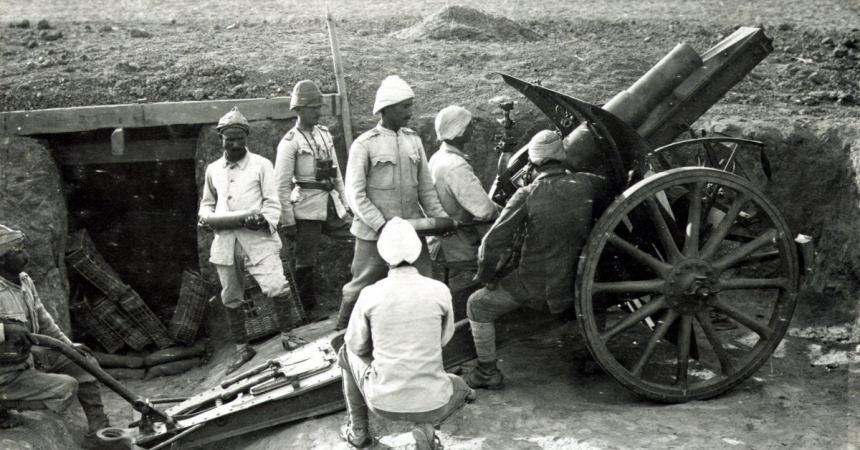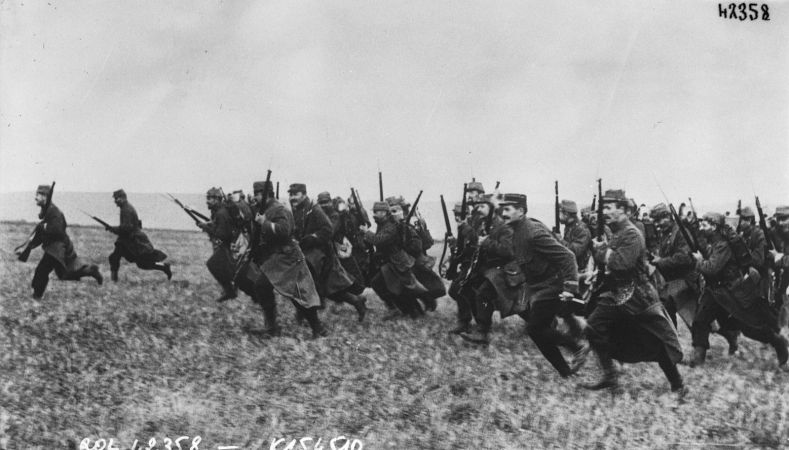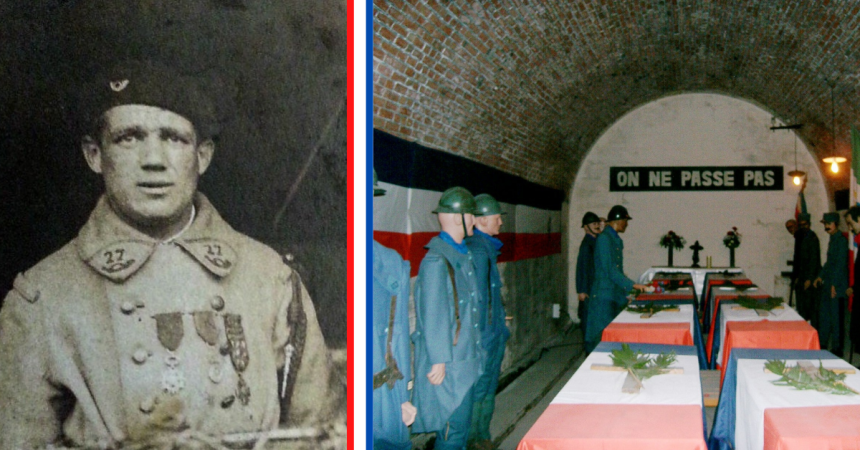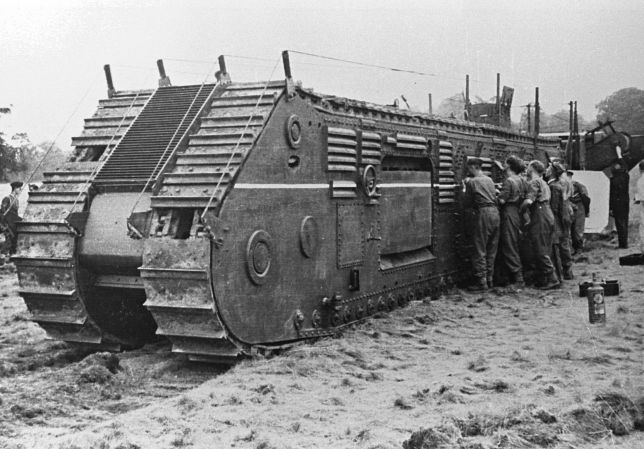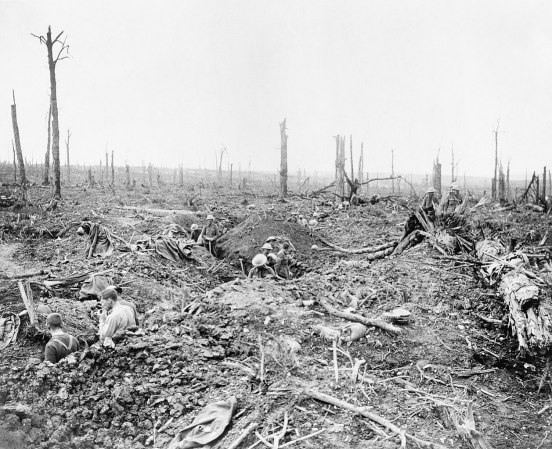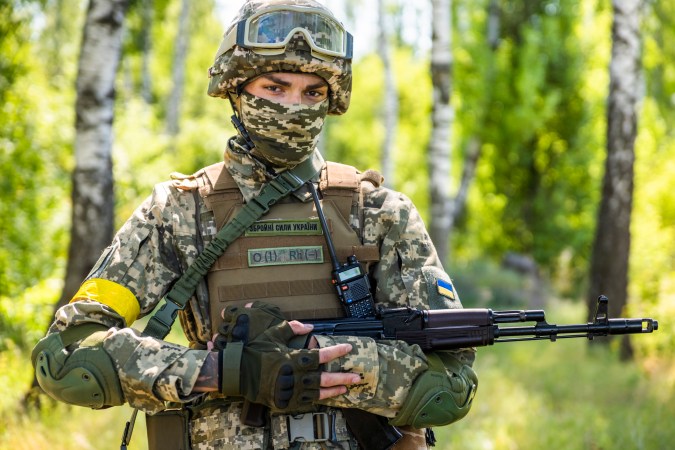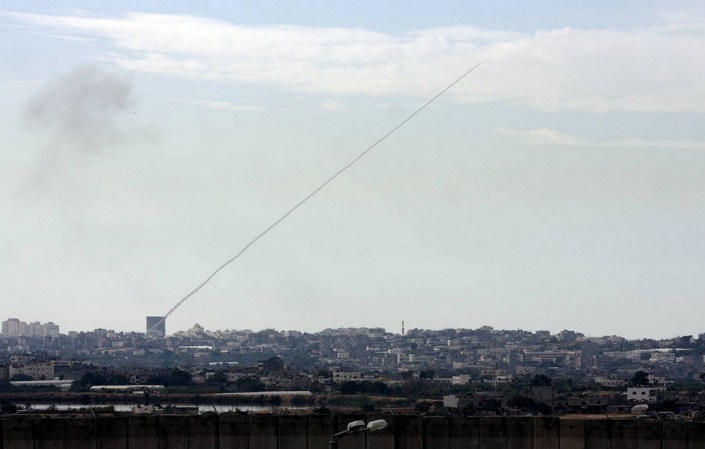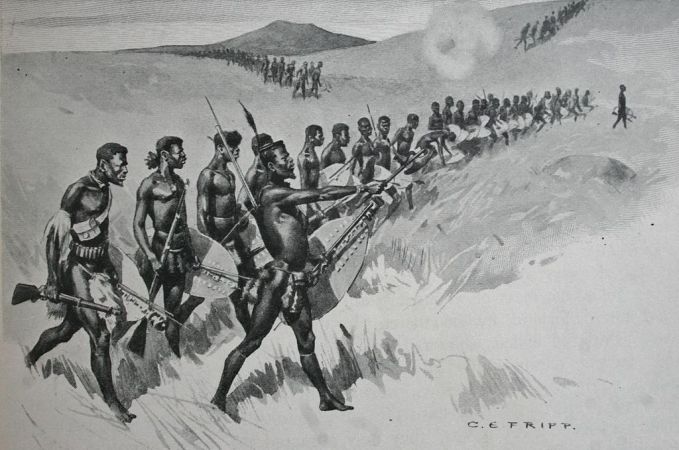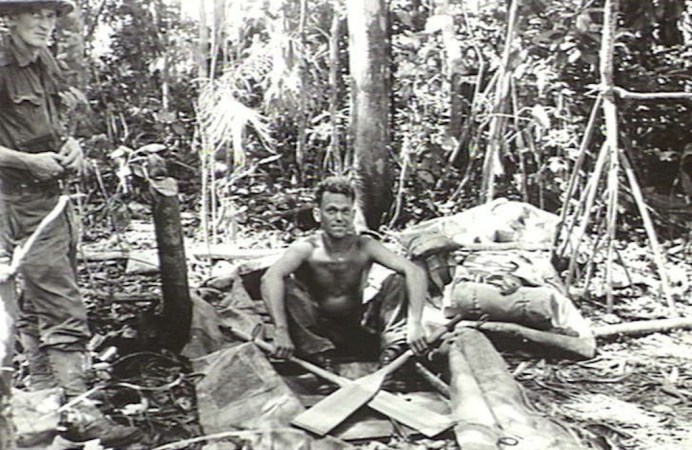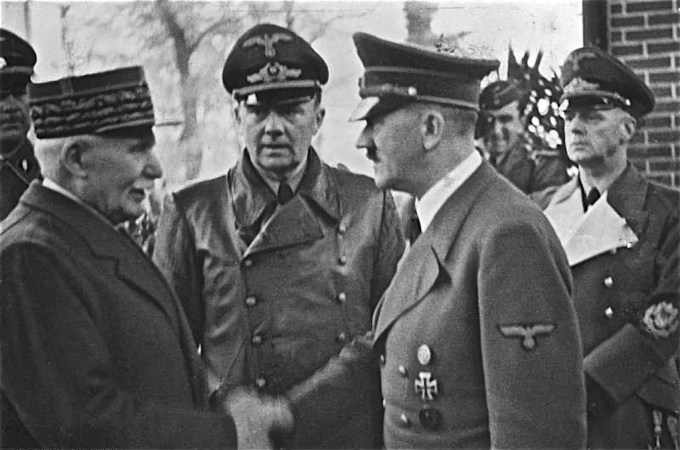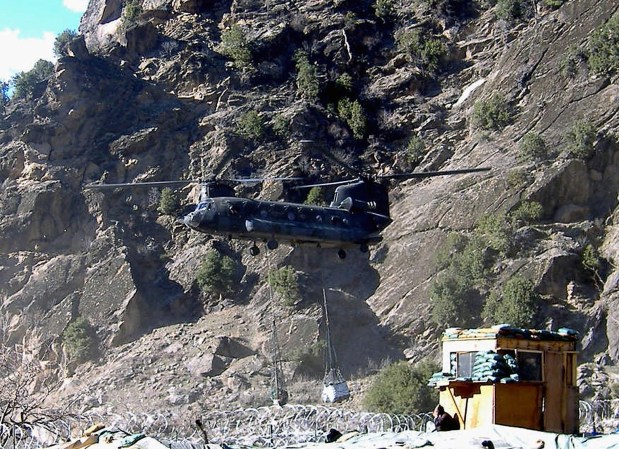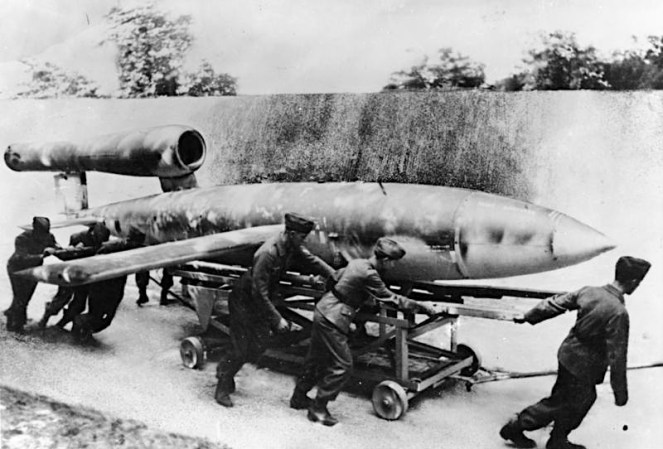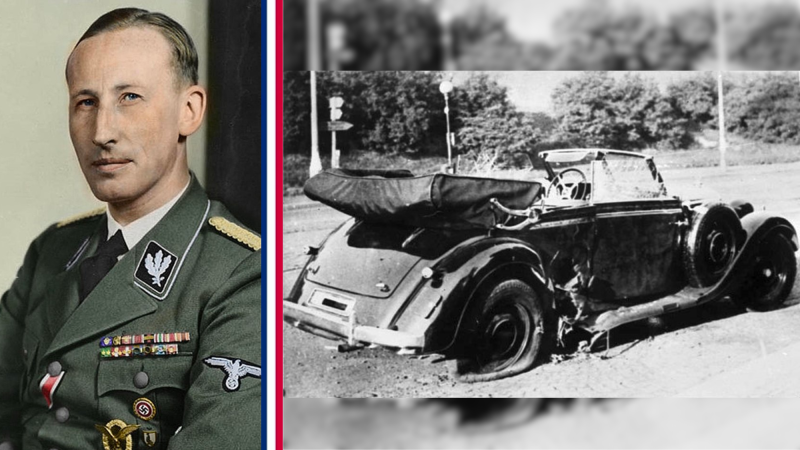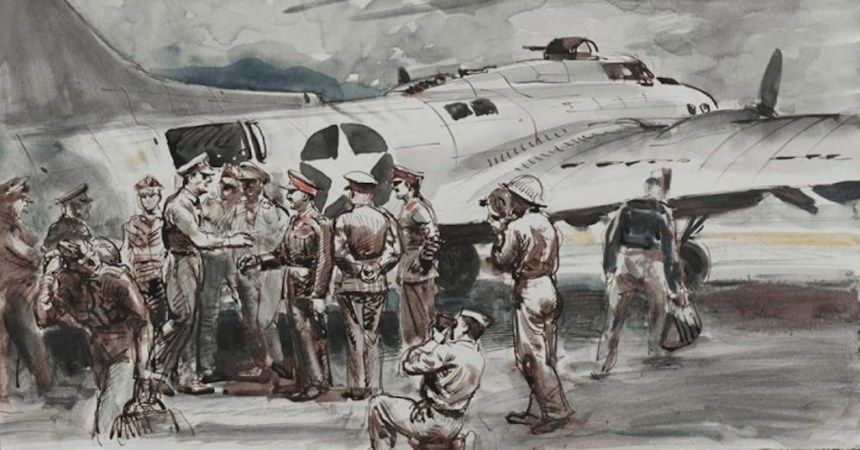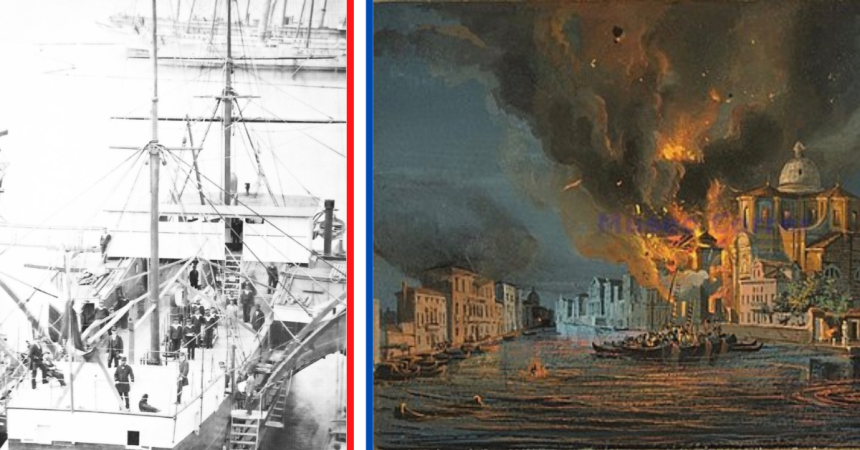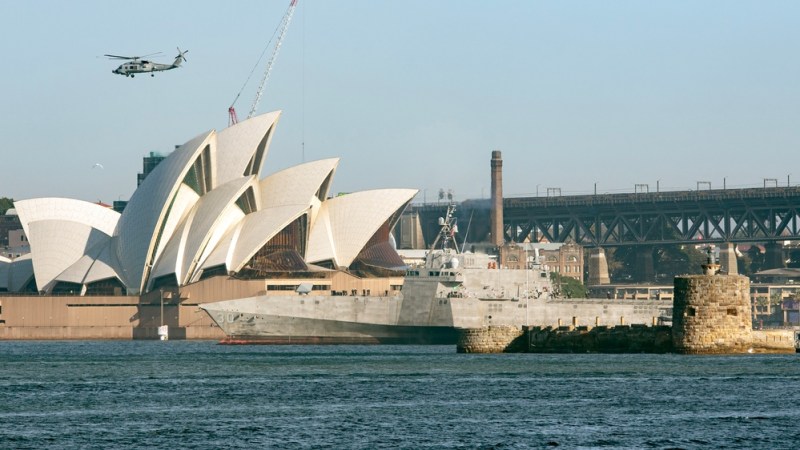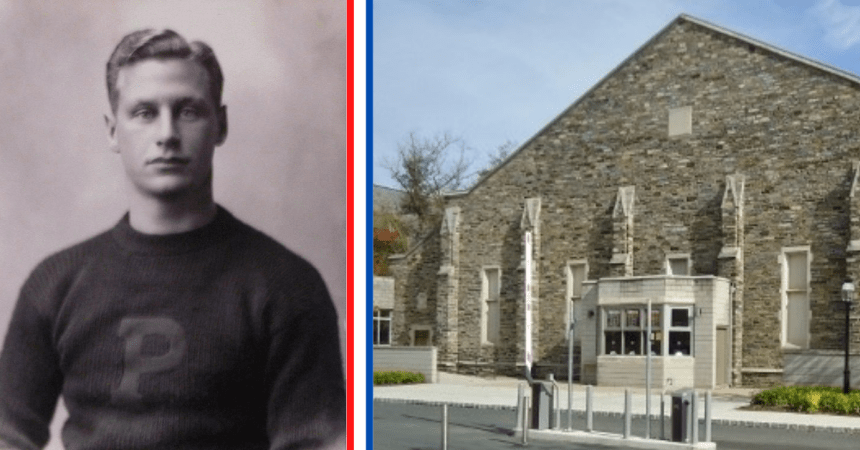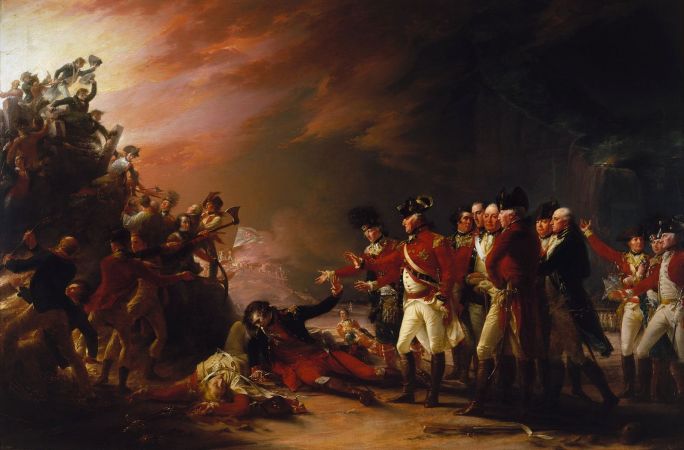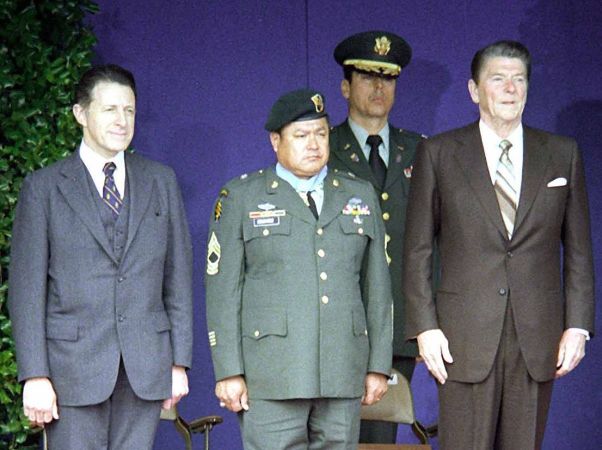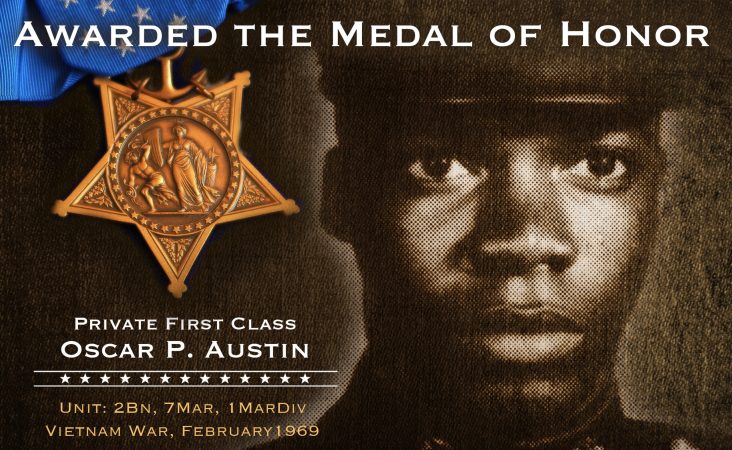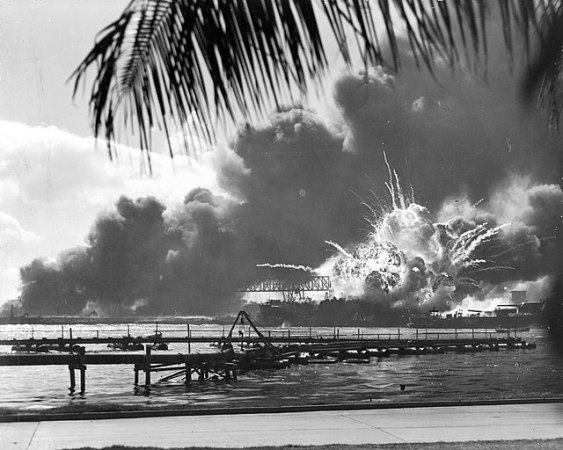When you arrive, arrive violently. It’s important in combat to interrupt the enemy’s actions, to get inside their operations and shred them. For years, the U.S. has referred to this as “violence of action.”
But the concept dates back thousands of years, often in different names. And for the World War I generation, it was “Spirit of the Attack,” and our grandfathers and great-grandfathers really got into Spirit of the Attack. Entire countries based their plans ahead of the Great War on the idea that their troops would show greater Spirit of the Attack than their enemies. Historians now remember this as a cult mentality, The Cult of the Offensive.
The Cult of the Offensive on the road to World War I
The rise of nationalism ahead of World War I led to tensions between different nations in Europe and between ethnic groups within countries. Social Darwinism, the pseudoscientific belief that humans live or die based on their individual fitness to survive, became a cudgel. Basically, those who won battles were fit to rule over others, and those who lost battles deserved to be ground into dust.
But against this pseudoscientific belief in Social Darwinism, there was also the understanding that industrial might give some groups a massive advantage. An armored car can overcome a lot of natural selection, after all.
And so countries with smaller populations and slower industrial processes, like France, looked for an explanation that would unite their country and give them a reason why they could and should win against a better-equipped, larger foe.
And that was the Spirit of the Attack. It was both a practice, like violence of action, and a trait, like courage or integrity. The belief was that people with the Spirit of the Attack would fight more aggressively and, through that aggression, prove their right to rule over those with less spirit.
Leaders who believed that they could send spirited soldiers into the teeth of enemy machine guns were members of the Cult of the Offensive.
How did Spirit of the Attack work out?
Of course, if many nations going into a world war believe that their greater Spirit of the Attack will bear them through battle, then many of them will suffer a rude awakening.
In the case of World War I, some countries and individuals displayed great Spirit of the Attack and succeeded against long odds. Take the case of France, which was facing a much larger, better-equipped, and newly imperial neighbor in Germany.
France suffered mightily in the war with a majority of the fighting taking place on their soil. But they managed to hold the line east of Paris. One of the adherents of Spirit of the Attack, the young army officer Charles de Gaulle, survived the war while distinguishing himself at the Battle of the Marne, leading to his future roles before and during World War II.

As recounted by Dr. Vejas Liulevicius in his Wondrium lecture series World War I: The Great War, de Gaulle once said, “Everywhere, always, one should have a single idea: To advance.” That definitely checks the box of the Cult of the Offensive.
His adversaries felt the same, though. World War II Luftwaffe ace Adolf Galland said, “Only in the spirit of attack, born in a brave heart, will bring success to any fighter aircraft, no matter how highly developed it may be.”
The cost for average soldiers
But while young soldiers hitting the enemy as hard as they could was part of the success, it is important to note that Spirit of the Attack took a heavy toll on younger service members, especially infantry, in both world wars.
Indeed, even as the war became a static event where stationary defense made assaults suicidal, officers obsessed with the Cult of the Offensive and Spirit of the Attack ordered tens of thousands of men to their deaths against fortifications unlikely to fall.
Logan Nye was an Army journalist and paratrooper in the 82nd Airborne Division. Now, he’s a freelance writer and live-streamer. In addition to covering military and conflict news at We Are The Mighty, he has an upcoming military literacy channel on Twitch.tv/logannyewrites.



